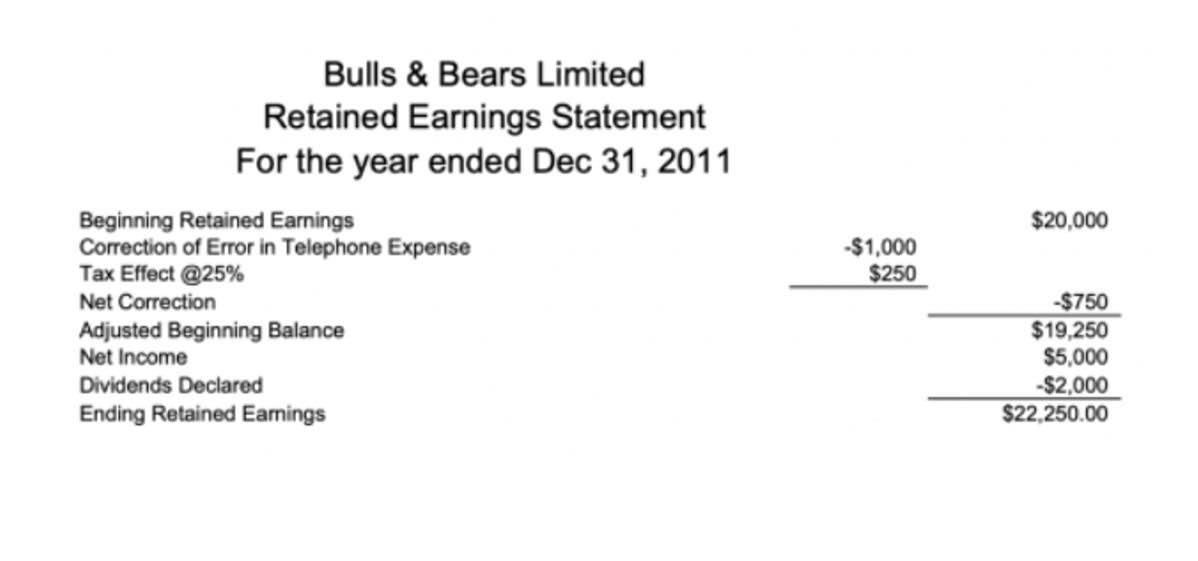
Attracting, evolving, and retaining talent is crucial to keep your business growing, taking on jobs, and not missing opportunities due to a lack of labor—a major challenge as more professionals near retirement and workforce pipelines dry up. We will then best match our solution to your particular situation and evolve with you. Staying agile allows us to explore new ideas and gain fresh perspectives alongside your organization.
Industry Professionals
Tax reform created several considerations for companies looking to switch accounting methods. For instance, financial statement revenue recognition standards have changed for nearly every industry, which could impact the way revenue is recognized. Companies should consider how their book-to-tax differences might change with the new revenue recognition standards, especially if they are making a method change.

Webcast Series

Setting rates or establishing caps for equipment inventory can help monitor cost accumulation and keep projects on budget. Improving the efficiency and effectiveness of your equipment program can also help boost profits and your bottom line. As business owners look toward retirement, transferring the business to the next generation of family or leadership can be a complex process—one that should start years before a target retirement date. It’s crucial to stop cyberthreats before they happen, or at the what are retained earnings least, mitigate the turmoil they can unleash. Testing your current systems, or implementing new ones, can help evaluate your safety levels and identify controls you need for further preventive measures.
Stay Ahead of Change and Drive Growth
Fast-growing companies utilize us to help them build the infrastructure they need now—and that can also scale with them as they grow. Therefore, we help create a roadmap that considers the current resources available as well as the future when these companies start to outgrow their current capabilities. We help organizations implement technological transformation and the supporting processes needed to increase efficiency. This usually includes the realignment or training of your existing personnel or it could lead to outsourcing many of those functions. You’ll have open communications and access to your team who are committed to serving as a seamless extension of your organization, helping you realize your vision and strategy, in a capacity that we’ll define together. In June 2020, the FASB acknowledged that entities could face limited resources due to the COVID-19 pandemic and provided an additional one-year deferral of the effective date for certain entities.


The new lease accounting standard intends to provide users of financial statements with greater visibility and transparency into the financial impacts of a lessee’s lease obligations and leased assets. The combination will bring together our industry expertise, complementary locations, and shared commitment to client success to redefine accounting and advisory services for the middle market. With our go-to-market power, laser focus on clients, and best-in-class talent, we’re poised to meet the escalating challenges facing middle market businesses, families, and individuals. Our Business Transition Webcast series for companies in the architecture, engineering, and construction (AEC) industries addresses key steps you can take to prepare for and make the most out of your business transition. Instead, the limitations of the existing systems, processes, and personnel become apparent as the organization grows or experiences change. We can assess your situation and help you create a roadmap so you’re empowered to address your needs today as well as in the future.
Team Approach

We put down roots in the Pacific Northwest more than 100 years ago—a time and place brimming with determination, ambition, and endless enterprise. That history shapes our values and sense of stewardship today, informing our commitment to our clients, our colleagues, and the future. Stay informed on the latest industry trends and how your business can remain competitive with our guides, articles, webcasts, and more. Leverage the power of technology solutions to transform your company into a data-driven organization with our Enterprise System Consulting, IT Development & Integration, IT Assessment & Planning, and more.
Positioning Your Business for Growth or Change
- Tapping into your business’ data can help improve safety measures and lead to refined operations, better project delivery, a stronger competitive advantage, and ultimately more project wins.
- The accounting for loss contracts was excluded from the scope of the new revenue recognition guidance, and the existing requirements in this area continue to apply; that is, the entire anticipated loss should be recognized as soon as it becomes evident.
- Whether you’re looking to outsource your entire finance and accounting function, augment your existing team, or transform your current approach, we can help.
- Among the many opportunities for small businesses created by tax reform is the expansion and simplification of rules for businesses with less than $25 million in average annual gross receipts.
- Staying agile allows us to explore new ideas and gain fresh perspectives alongside your organization.
Another change from tax reform was the limitation of net operating losses (NOLs) and carry forward rules. NOLs can no longer be carried back, and NOL carry forward amounts can only offset 80% of income in a given year under the new rules. Companies that are potentially creating a large loss by choosing this accounting method may want to consider these new NOL rules and potential basis limitations. Opportunities also exist in the form of a new 20% pass-through deduction, so understanding and construction bookkeeping services weighing the options is important to avoid unintended consequences. Companies with less than $25 million in average annual gross receipts are potentially eligible, but there’s one important distinction. The threshold is determined on a controlled group basis, so if there are several companies with common ownership, businesses will need to analyze whether those controlled group rules apply.
- It would not, for example, be appropriate to measure progress by including the costs incurred for uninstalled materials purchased at the outset of a project (see the section on uninstalled materials, below, for more detail) or the costs resulting from inefficiencies and rework that were not considered when pricing the contract.
- Tax reform created several considerations for companies looking to switch accounting methods.
- From tax and assurance services to value-added management consulting solutions, discover the many ways Moss Adams can make a difference to your organization.
- Additionally, if you’re now entering into contracts that may extend two to three years, you’ll want to be cognizant of how the new revenue recognition standards could impact those contracts, and you may want to make modifications to them before they are finalized.
- We can assess your situation and help you create a roadmap so you’re empowered to address your needs today as well as in the future.
- Support your workforce through employee stock ownership plans or develop their talents by creating strategic plans that emphasize safety and their value to the company.
- To bring you valuable data and analysis that helps benchmark your company against competition—so you can make informed decisions about everything from salaries to inventory.
However, more recently the FASB made it clear that no further deferrals virtual accountant should be expected. That’s why we offer opportunities to build your skills and explore your career in a collegial environment. At Moss Adams, you’ll be challenged and rewarded for leadership, technical excellence, and inspired perspectives. Tapping into your business’ data can help improve safety measures and lead to refined operations, better project delivery, a stronger competitive advantage, and ultimately more project wins.
Likewise, if the warranty provides additional services (such as a certain number of years of maintenance), that service component qualifies as a distinct performance obligation, and a portion of the transaction price would be allocated to it. This will likely result in less diversity in the treatment of warranties across entities, since it will result in a more consistent use of a cost accrual approach to such warranties within contract costs. Prior to tax reform, construction companies with average annual gross receipts over $10 million generally had to use the percentage-of-completion method to recognize revenue on long-term contracts.
